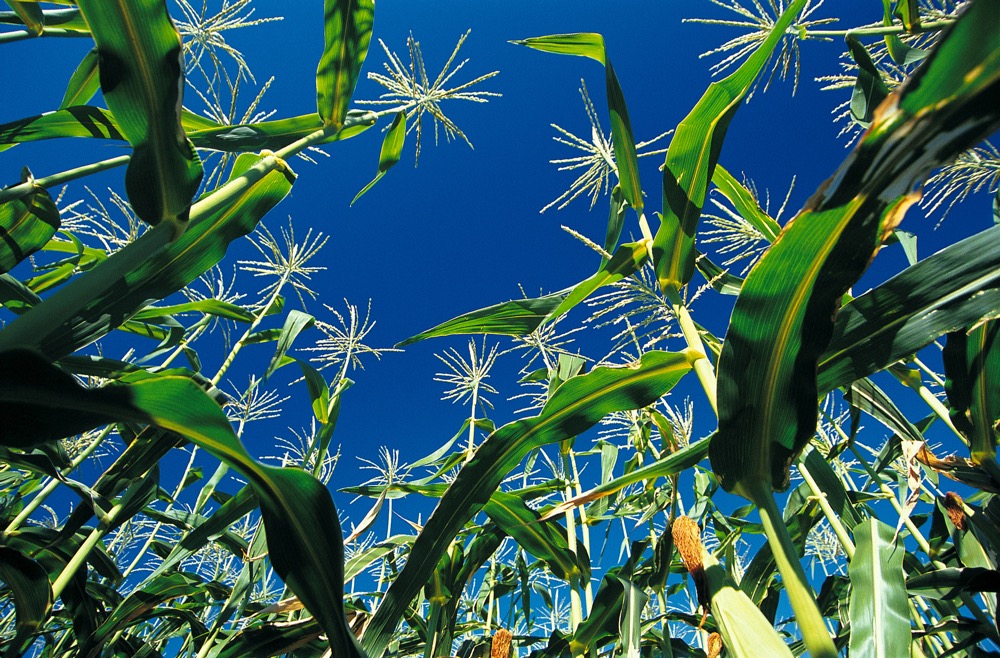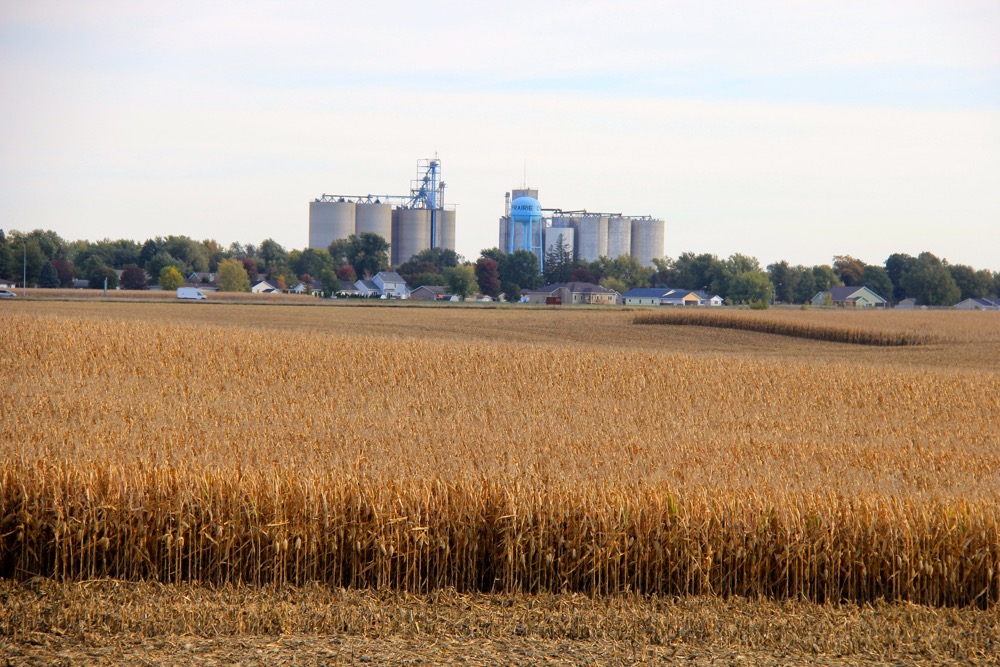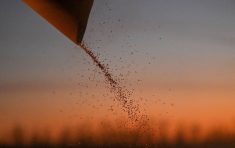Reuters – New-crop corn and soybean futures on the Chicago Board of Trade have reached the lowest March levels in more than a decade with just a few weeks until the kickoff of the U.S. planting season.
But despite the low prices, U.S. farmers are expected to boost acreage significantly over last year’s levels, which were dampened by historic rains and waterlogged soils.
Not only are corn acres set to rise on the year, but many recent industry estimates peg U.S. corn plantings at a four-year and potentially a seven-year high. Soybean acres should make a substantial recovery from 2019 but remain well off the highs from the previous two years.
Read Also

Canola market finds upside as U.S.-Canada trade talks restart
Biofuels inclusion in U.S. “Big Beautiful Bill” thought to be a silver lining for Canadian canola in the first week of July.
The U.S. Department of Agriculture last month tentatively slated U.S. corn and soybean acres at 94 million and 85 million, respectively, though its statistics branch will publish the results of its farmer planting survey next Tuesday. Last week, commodity brokerage and analytical firm Allendale Inc. published its survey results of 94.631 million corn and 83.74 million soybean acres.
I recently posted a corn acreage poll on Twitter that ended the following morning, and the results were slightly different. Of the 1,258 respondents, some 37 per cent placed corn acres below 93 million, and the second-place category of 93 million to 94 million received 28 per cent of the vote.
Some 19 per cent voted 94 million to 95 million and the least popular category of more than 95 million had 16 per cent support.
Farmers planted 94 million corn acres in 2016, and if they plant more than that this year, it would be the largest corn acreage since 95.4 million in 2013. December corn futures averaged US$5.58 per bushel in March 2013.
The recent five-year average for corn plantings is 90.15 million acres, including last year’s 89.7 million, which was down three per cent from farmers’ March intentions. Soybean plantings fell 10 per cent from March intentions last year to 76.1 million acres, an eight-year low. Farmers pushed harder on corn through last year’s poor planting conditions because of its profitability advantage versus soybeans.
Nearly 16 million corn and soybean acres sat idle in 2019 due to the excessive rains, and most of those acres should return to production this year, meaning that corn and soybean acres are nearly 100 per cent guaranteed to rise over last year, regardless of prices.
Soybean plantings hit a record 90.2 million acres in 2017 and 2018 acres were just a million below that, but otherwise the largest area planted was 83.5 million acres in 2016.
New-crop futures, December corn and November soybeans, often guide farmers on planting decisions, especially in fringe areas of the Corn Belt that are less locked in to rotations.
The ratio of soybeans to corn is currently around 2.38 to 2.39, and values of 2.4 start to favour soybeans. Values 2.5 and above more definitively favour the planting of soybeans, while values under 2.3 lean toward corn. The ratio hit 2.3 at the start of last week, the lowest of the year so far.
But it is hard to know how much that ratio matters when both corn and soybean prices are at historic lows for the time of year.
Not only are new-crop corn prices extremely light for March, but last week’s lows were also just about the lowest new-crop prices since 2007 to occur outside of the late summer or harvest season, when futures tend to bottom.
That is also true for November soybeans as recent prices have rarely been as low in the last decade, and those lows usually occurred between July and November. November 2020 beans bottomed at US$8.36-1/4 per bushel in mid-March, but they were trading up around 40 cents March 25. However, that is nearly the lowest new-crop price during March since 2009.
Commodity and financial markets have had a rough time recently dealing with the uncertainties around the coronavirus pandemic and the associated halt in economic activity. Corn has been under pressure due to falling ethanol margins, following the plunge in crude oil prices as global travel demand dries up.
In exactly one month, about one-fifth of the U.S. corn crop should be planted according to recent averages, excluding 2019. Soil moisture is above average across the entire Corn Belt, but the heavy moisture is less concentrated in the highest-production areas relative to last year, when saturated soils and persistent rains caused record delays in corn and soybean planting.
The Dakotas are currently wetter than one year ago, but the moisture anomaly in top corn grower Iowa is significantly down from a year ago, as are the moisture levels in much of the eastern Corn Belt. Exactly one year ago, Nebraska, Iowa, and surrounding states had just begun dealing with fallout from the historic flooding of the Missouri and Platte rivers that caused billions of dollars in damages.
Weather models suggest the U.S. Midwest may end March on a wetter-than-normal note, and the U.S. government predicted last week that April precipitation may be above average in Iowa and the western Corn Belt. Corn planting is heaviest in the latter half of April.
Weather is not the only factor that could impact farmers’ plans this year, but coronavirus is not expected to be one of them. As of Wednesday, 18 U.S. states, including Illinois, Indiana and Ohio, were under statewide orders to shelter in place. However, agriculture has been deemed an essential industry exempt from the orders.
Iowa’s secretary of agriculture told Reuters he expects a normal planting season as far as the virus is concerned.



















